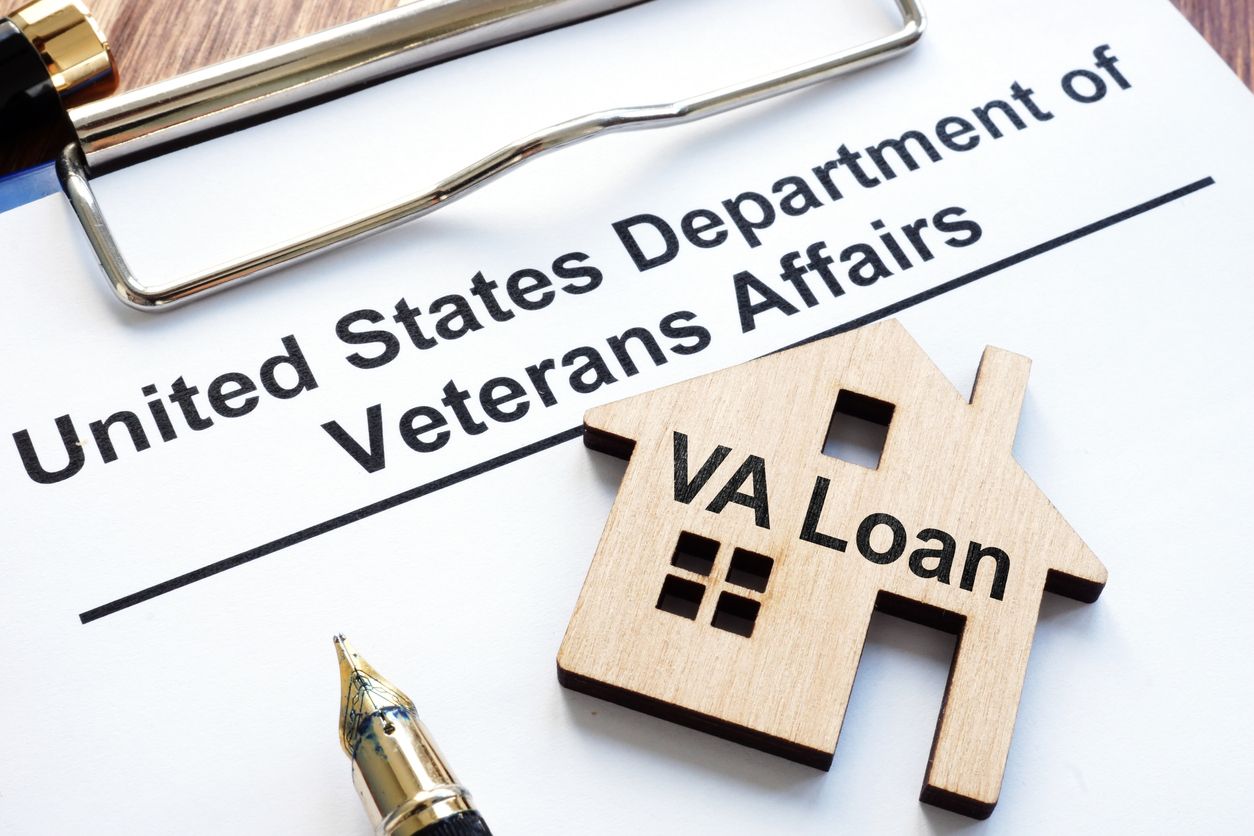Homeowners Insurance: Do You Have Enough Personal Property Coverage?
Personal property coverage is the section of your homeowners insurance policy that will pay if your belongings get damaged or destroyed by a covered peril or if your belongings are stolen. Take a little time to review your coverage and figure out if it fits your needs.

Protection
Personal Property Coverage helps protect, repair or replace your belongings in the event of a covered loss, like a theft or fire. There are two types of personal property coverage: Replacement Cost and Actual Cash Value. A replacement cost policy typically pays the dollar amount it will take to buy a new item at the time of a claim. An actual cash value policy factors in depreciation to provide reimbursement based on the current value of the item. There are also usually limitations to what personal property coverage will pay to replace an item or category of items.
What is it all worth?
Your house is full of furniture, clothing, electronics, books, jewelry, and other items you’ve acquired over the course a lifetime. When you stop to think about everything you own and try to estimate what it’s all worth, you may have no idea.
Making a home inventory is the best place to start. This inventory includes information on your belongings, such as descriptions, serial numbers, and cost of purchase. You can make a list of take photos or videos to document what you own. Be sure to back your list up in the cloud so as not to lose the list if you lose your digital or physical archive. You’ll need a home inventory if you ever need to file an insurance claim and it can help you figure out if you’ve got the right amount of personal property coverage.
Is your coverage still adequate?
Once you’ve gone through the process of making a home inventory and calculating the value of your belongings, you should revisit your homeowners insurance policy, to see what it does and doesn’t cover. Since you took out the policy, you’ve likely acquired new furniture, gaming devices, musical instruments, jewelry and other items. The amount of personal property coverage you’ve selected may no longer be enough.
You’ll also need to consider if the limits are high enough to protect the pieces you value most. Typically, insurance policies will come with sub-limits for certain kinds of belongings like jewelry. So, while your overall personal property coverage limits are much higher, coverage for your jewelry may be more limited. The same goes for other expensive items that may exceed their categorical limit. You might be able to raise your coverage for that category of items or you might decide to insure individual belongings with scheduled personal property coverage.
Scheduled Personal Property
Scheduled personal property coverage is meant to account for high-value items whose cost exceed the categories under which they would be covered in your standard policy. This typically applies to items like jewelry, art, musical instruments, or other rare or valuable collectibles. Your insurance provider can help you decide if scheduling, or purchasing further protection for those items, is a good move in your circumstance.
What Kind of Policy is Right for You?
The type of insurance coverage you have will determine how much you’ll receive if you file a claim. An actual cash value policy will pay you an amount that accounts for depreciation if something you own gets stolen, damaged, or destroyed. A replacement policy will give you enough money to purchase a new, comparable item. Replacement cost coverage comes with higher premiums, but it can save you a lot of money if disaster strikes and you must replace everything you own.
Do renters need personal property coverage?
Renters insurance policies typically include personal property coverage in the same way that homeowners personal property coverage is included.
How does personal property insurance work?
Depending on your personal property insurance coverage, your insurance company may help you repair or replace damaged or destroyed items once you’ve met your deductible. Your losses will be covered under your policy up to your coverage limit. There are different levels of coverage you can get, and higher levels of coverage usually means you’ll pay a higher premium.
According to BankRate.com most personal property insurance covers belongings at 50-70% of your dwelling (homeowners or renters) insurance.
What peril is covered?
Different policies will cover different types of peril. There are Open Perils Policies, which cover personal belongings from any type of accidental damage not explicitly excluded by your policy. These are typically the most expensive types of personal property coverage.
There are also Named Perils Policies. There are several typical sources of peril, or damage, that your insurance company may consider and may or may not cover. For each type of damage to be covered, it must be explicitly named in the policy.
The types of peril typically named include: fire, lightning, windstorm, hail, explosions, riots or civil commotion, vehicles, smoke, vandalism, theft, volcanic eruption, falling objects, ice or snow weight, accidental water overflow, freezing, and/or accidental damage from artificially generated electrical current (not lightning.)
Do you need more insurance coverage?
If you think you might need additional personal property coverage, contact your homeowners insurance company to discuss potential modifications to your policy. Before you commit to a change, shop around and compare rates and policies from other insurers. You might be able to get additional coverage you need at a rate that’s not much higher than your current premium.

How to Minimize Homeowners Insurance Premiums
There are several ways to lower your cost of homeowners insurance. First, always shop around at multiple insurance companies to see what can be offered to you. The policy you signed for initially may be out of date and overpriced for the rates you could get from another company now. Additionally, keep home repairs to a minimum and follow a regular maintenance schedule to avoid costly repairs. Prioritize home safety features, weather protection, and utilities, which can create the most damage if not kept up with.
Another way to lower your insurance premium is to improve your credit score. Like with other kinds of insurance, people with lower credit scores tend to have higher homeowners insurance premiums in states that permit credit as a rating factor (not every state does.) Avoid filing claims against your homeownership policy, even if it will cost you money out of pocket, because frivolous claims can hike up your rates dramatically. Lastly, look for insurance bundling discounts, like with your car, RV, or boat. If you use one carrier for all policies, you’re more likely to have a discounted rate.
Speak with an Expert
Shop around to find an insurance agent that you like to work with, someone who can help explain the policy you have and help you save costs while still maintaining the coverage you need. Never be afraid to ask for a second opinion if you think you might not be getting a good deal.
For more about Personal Property Coverage and Homeowners Insurance Policies, check out these sources:
Related article: Owning a Home Helps Protect Against Inflation.
Adapted from an article by RISMedia.










